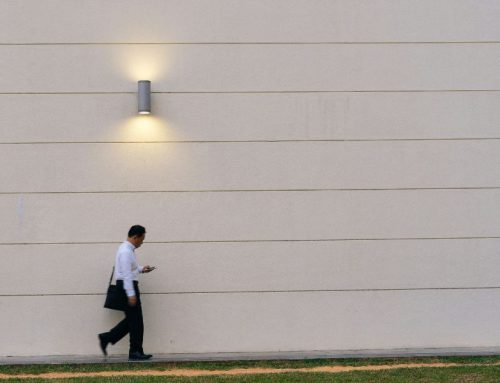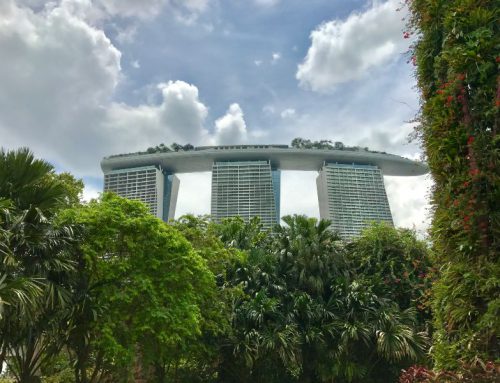The income tax systems in the UK and Singapore differ significantly in structure, rates, and philosophy. Here is a detailed comparison of the resident income tax rates between the two countries:
United Kingdom
The UK uses a progressive income tax system, where tax rates increase with higher income levels. For the tax year 2023/24, the income tax rates for UK residents are as follows:
- Personal Allowance: £12,570 (0% tax)
- Basic Rate: 20% on income from £12,571 to £50,270
- Higher Rate: 40% on income from £50,271 to £125,140
- Additional Rate: 45% on income over £125,140
Singapore
Singapore also uses a progressive income tax system but with different rates and income bands. For the tax year 2023, the income tax rates for Singapore residents are:
- 0% on the first S$20,000
- 2% on the next S$10,000 (S$20,001 to S$30,000)
- 3.5% on the next S$10,000 (S$30,001 to S$40,000)
- 7% on the next S$40,000 (S$40,001 to S$80,000)
- 11.5% on the next S$40,000 (S$80,001 to S$120,000)
- 15% on the next S$40,000 (S$120,001 to S$160,000)
- 18% on the next S$40,000 (S$160,001 to S$200,000)
- 19% on the next S$40,000 (S$200,001 to S$240,000)
- 19.5% on the next S$40,000 (S$240,001 to S$280,000)
- 20% on the next S$40,000 (S$280,001 to S$320,000)
- 22% on the next S$180,000 (S$320,001 to S$500,000)
- 23% on the next S$500,000 (S$500,001 to S$1.000,000)
- 24% on income over S$1,000,000
Key Differences
- Rate Structure: The UK has four main tax bands (0%, 20%, 40%, 45%), whereas Singapore has a broader range of tax bands with rates from 0% to 24%.
- Income Bands: The thresholds for income bands differ significantly. For example, the highest rate in the UK starts at £125,140, while in Singapore, the highest rate starts at S$1,000,000.
- Tax-free Allowance: The UK offers a substantial personal allowance (£12,570), while Singapore’s tax-free threshold is lower (S$20,000).
- Top Marginal Rate: The UK’s top marginal rate (45%) is higher than Singapore’s (24%).
Example Comparison
For a simplified example, consider an annual income of £100,000 (approximately S$170,000):
- UK: The tax payable would be calculated as follows:
- £0 to £12,570: 0%
- £12,571 to £50,270: 20%
- £50,271 to £100,000: 40%
- Total tax = £0 + £7,740 + £19,892 = £27,632
- Singapore: The tax payable would be calculated as follows:
- S$0 to S$20,000: 0%
- S$20,001 to S$30,000: 2%
- S$30,001 to S$40,000: 3.5%
- S$40,001 to S$80,000: 7%
- S$80,001 to S$120,000: 11.5%
- S$120,001 to S$170,000: 15%
- Total tax = S$0 + S$200 + S$350 + S$2,800 + S$4,600 + S$7,500 = S$15,450 (approximately £9,000)
In summary, the UK generally has higher income tax rates compared to Singapore, particularly at higher income levels. Singapore offers a more competitive tax regime, which is often cited as one of its advantages for attracting high-earning expatriates and businesses.







Leave A Comment